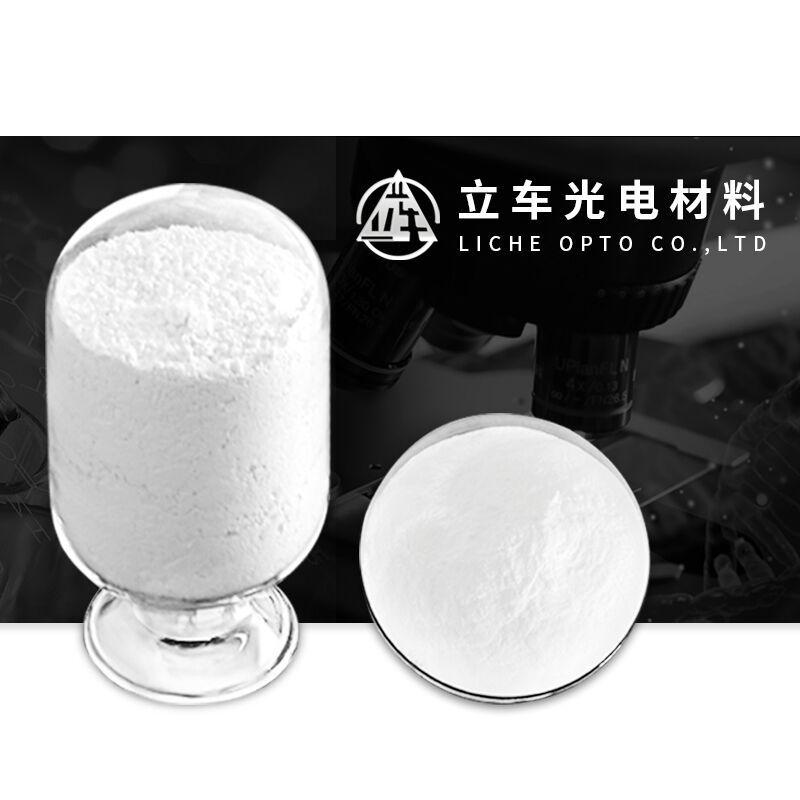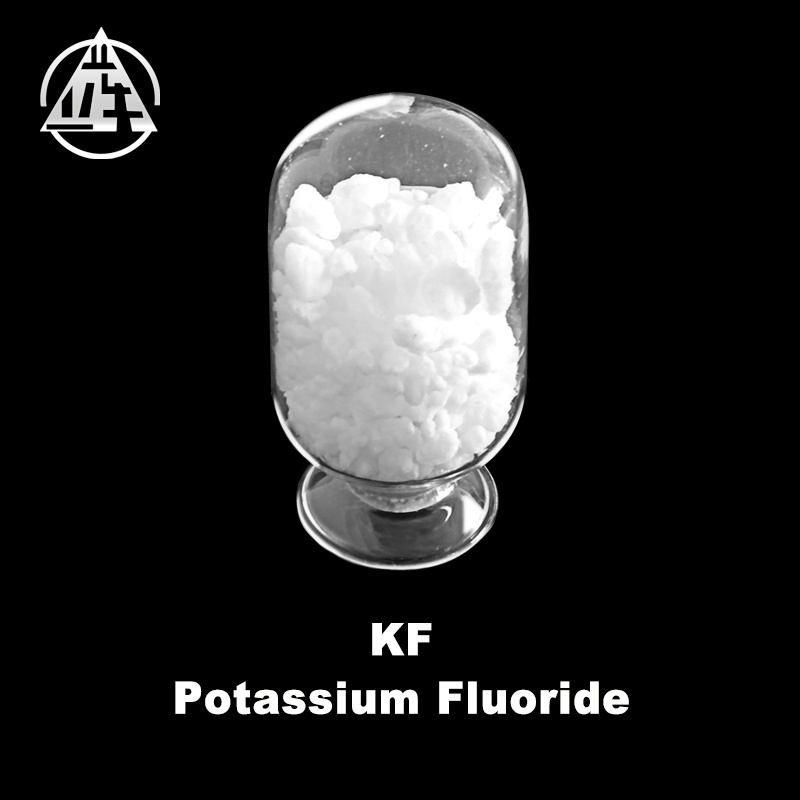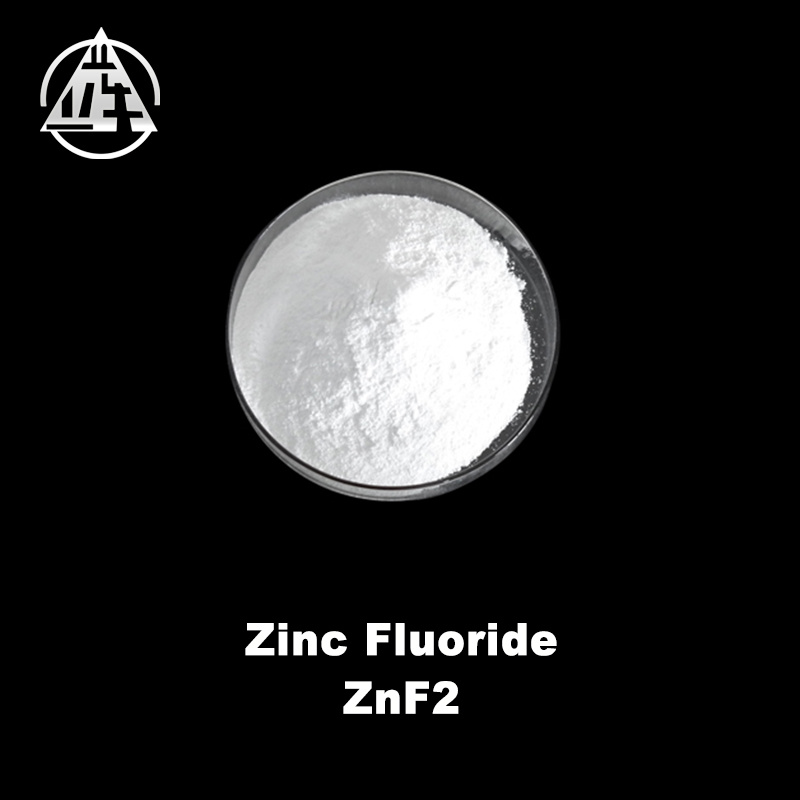Chemical Properties of Silicon Dioxide SiO2
Release Time:
2022-04-29
Silicon Dioxide SiO2 is an inorganic substance with the chemical formula SiO2. Silicon Dioxide SiO2 atoms and oxygen atoms are arranged in long-range order to form crystalline silica, and short-range order or long-range disorder form amorphous silica.
Silicon Dioxide SiO2 is an inorganic substance with the chemical formula SiO2. Silicon Dioxide SiO2 atoms and oxygen atoms are arranged in long-range order to form crystalline silica, and short-range order or long-range disorder form amorphous silica. In the silicon dioxide crystal, the silicon atom is located in the center of the regular tetrahedron, and the four oxygen atoms are located at the four corners of the regular tetrahedron. Many such tetrahedra are connected by the oxygen atoms at the corners. The two tetrahedra are in common, ie each oxygen atom is bound to two silicon atoms.

Silicon Dioxide SiO2 is chemically stable. Does not react with water. It is an acid oxide and does not react with ordinary acids. Hydrofluoric acid reacts with silica to form gaseous silicon tetrafluoride. Reacts with hot concentrated alkali solution or molten alkali to form silicate and water. Reacts with various metal oxides at high temperature to form silicates. The nature of silica is inactive, and it does not interact with halogens other than fluorine and hydrogen fluoride, hydrogen halides, and sulfuric acid, nitric acid, and perchloric acid (except hot concentrated phosphoric acid).
Common concentrated phosphoric acid (or pyrophosphoric acid) can corrode Silicon Dioxide SiO2 at high temperature to generate heteropolyacids, and molten borate or boron anhydride can also corrode silicon dioxide at high temperature. In view of this property, borate can be used In addition to the flux used in ceramic firing, hydrogen fluoride can also be used as an acid that dissolves silica to generate fluorosilicic acid that is easily soluble in water.



